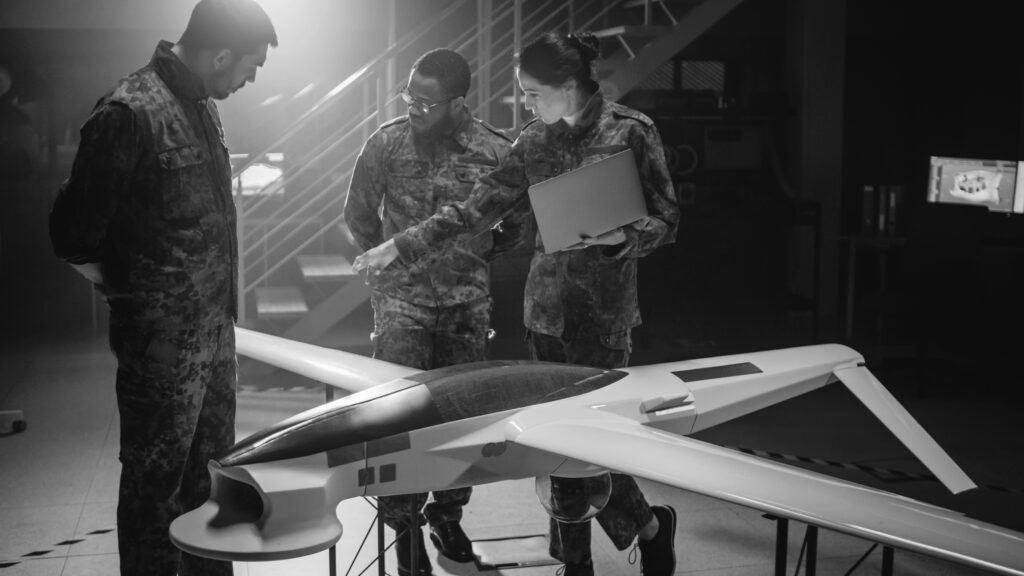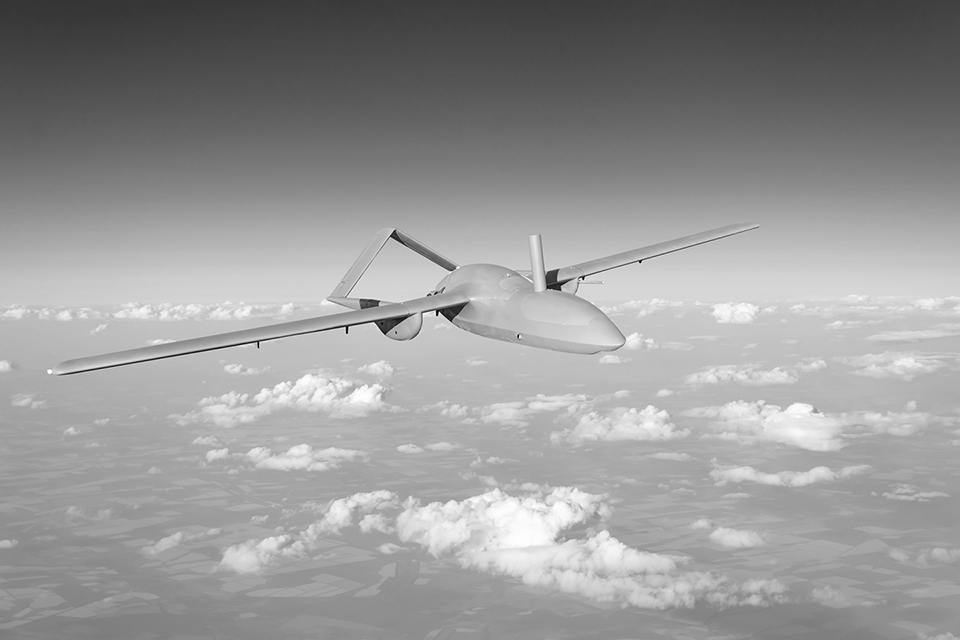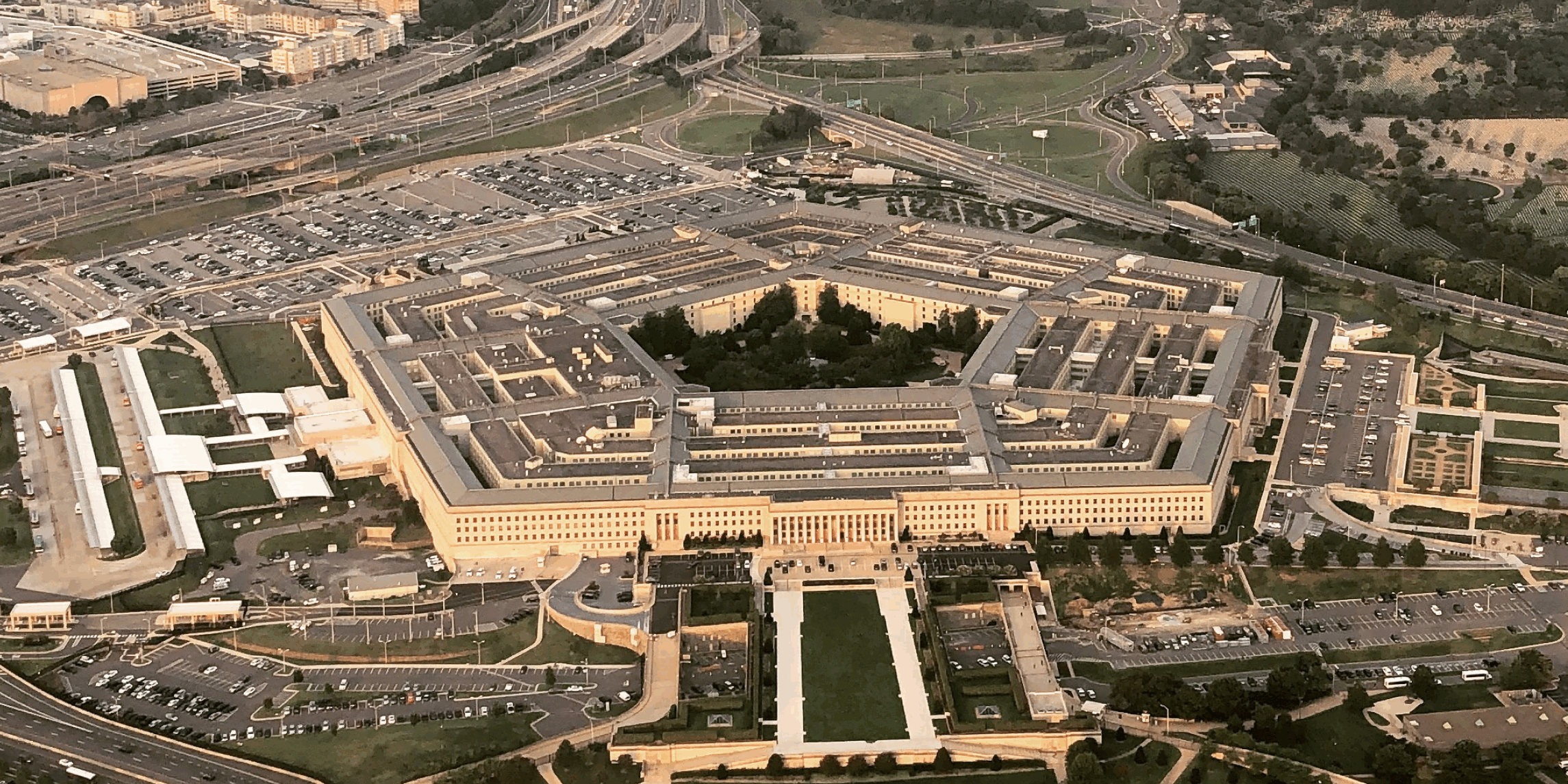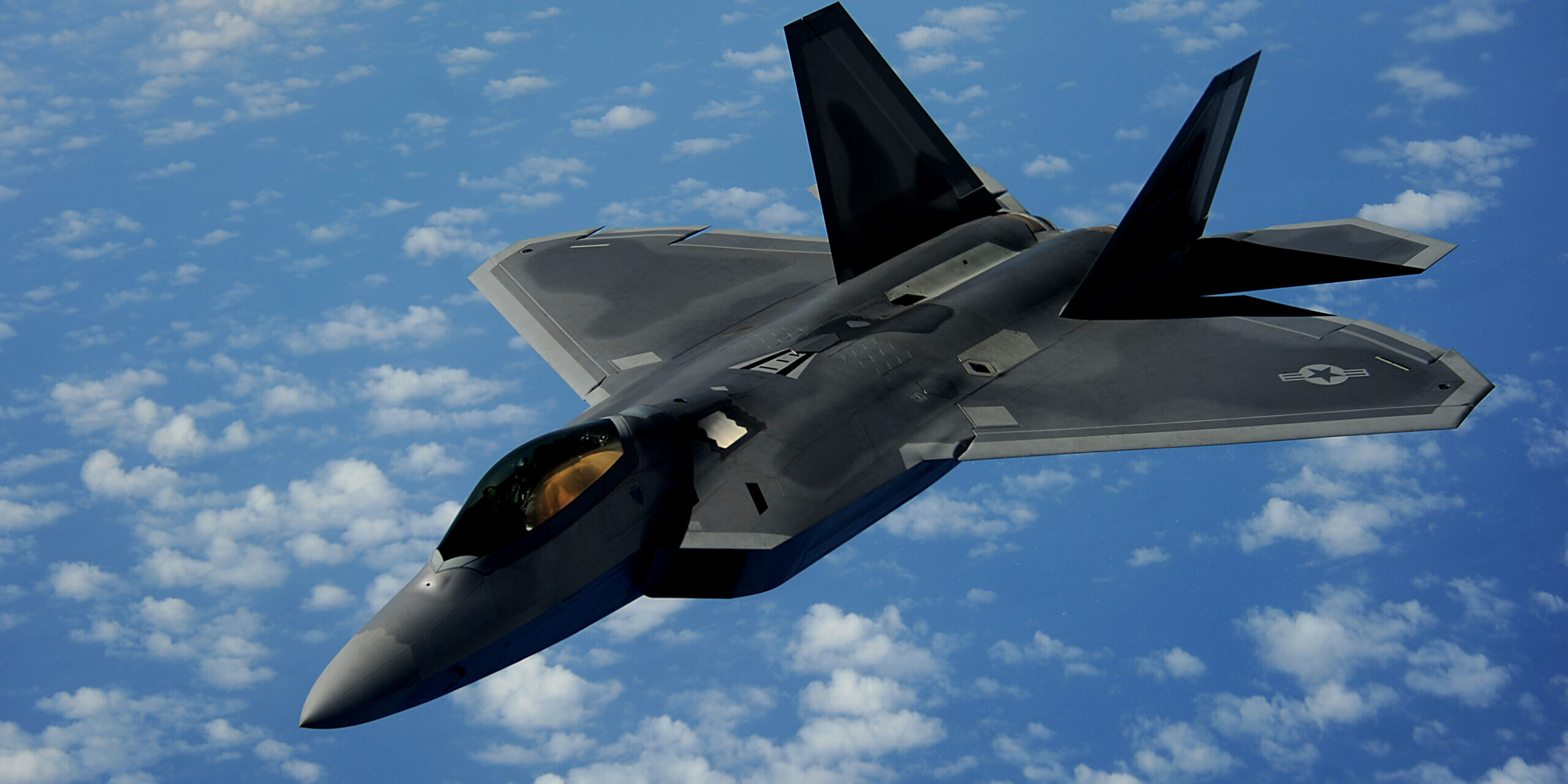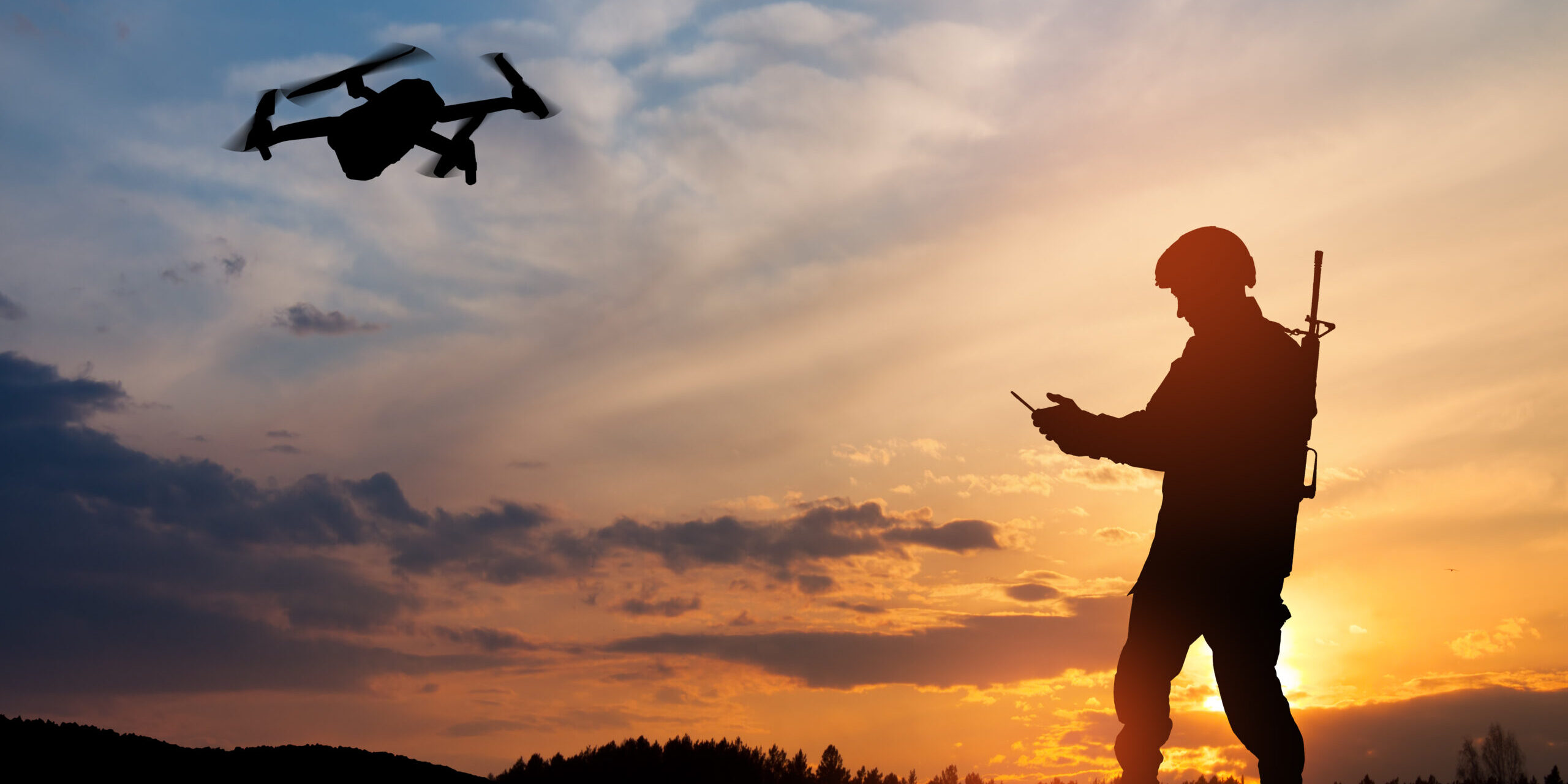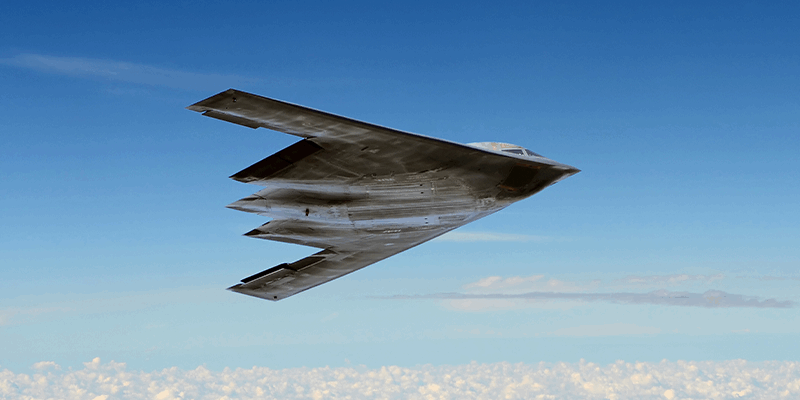Robotics, Autonomous Systems, and the Future of the US Military
By David Hutchins, Industry Analyst
Overview
In a previous article, I outlined the most crucial innovations for the Defense Department over the next 10 years. This article takes a deeper dive into the importance of robotics and autonomous systems for the future of the US military. No longer a concept of science fiction, robotics and autonomous systems are already changing military operations. Recent examples of conflict in Nagorno-Karabakh and Ukraine have demonstrated just how pivotal these advanced systems can be. In contemporary conflict, drone swarms gather battlefield intelligence and overwhelm an enemy en masse with deadly speed and precision, loitering munitions target enemies beyond the line of sight, and autonomous systems patrol designated routes in place of manned systems or personnel.
These systems are also advancing military capabilities outside of conflict zones. The US military is using robotics to reduce physical workload and risk for military personnel and using the advanced speed and precision of autonomous systems to replace human operators for a variety of mission sets from analyzing data to piloting vessels. Below are just some examples of how different branches of the US military are using, or plan to use, robotics and autonomous systems to enhance capabilities.
Army
The Army is equipping soldiers with new Black Hornet drones that will simultaneously enhance reconnaissance capabilities and stealth. These palm-sized personal reconnaissance drones are used by dismounted soldiers to boost situational awareness on the battlefield. The pocket-sized UAV weighs roughly 1.16 oz (33g), has a flight endurance of 25 minutes, and has a range of 1.24 miles (2 kilometers). The Black Hornet can be launched in under 2 minutes and generates minimal noise making it ideal for stealth operations. Operated by a lightweight, body-mounted control system, the Black Hornet can hover or fly designated routes while capturing still images and live videos.
Air Force
The Air Force is partnering with defense firms to develop next-generation unmanned aerial vehicles (UAVs). The AI-enabled UAVs would serve as “autonomous wingmen” that can be equipped with missiles, radars, sensors, or other tools depending on the mission need. More recently referred to as collaborative combat aircraft (CCA), these AI-enabled UAVs could act as decoys or scouts, jam enemy signals, or even conduct their own strikes. Skyborg — the Air Force Research Laboratory’s artificial intelligence wingman program — has already developed several prototypes, including the XQ-58A Valkyrie.
Navy
The Navy is testing an autonomous submarine that could soon patrol waters in place of manned ships. The Orca Extra Large Unmanned Undersea Vehicle (XLUUV) measures 51 feet in length, can dive 11,000 feet, has a range of 6,500 nautical miles, and can operate autonomously for months at a time The Orca’s modular payload system allows it to take on different payloads to support different missions. If equipped with sonar payloads, for example, the Orca could detect enemy submarines and send location data to allied ships or aircraft. U.S. Naval Institute News reports that Orca will be capable of mine countermeasures, anti-submarine warfare, anti-surface warfare, and strike missions.

USMC
The Marine Corps Warfighting Laboratory is leveraging AI and automation to provide Marines with next-generation technology. For example, the Expeditionary Modular Autonomous Vehicle (EMAV) will enhance the mobility of Marines on and off the battlefield. The EMAV is a tracked unmanned ground platform with a flat top that can carry over 7,000 pounds and can be outfitted with sensors, communications equipment, or weapons. The EMAV can autonomously carry heavy equipment or transport casualties and also provide cover during combat. Historically, it would several Marines to carry an injured squadmate to safety, but the EMAV can autonomously transport the wounded Marine to an aid station. The platforms are designed to operate in complex, congested terrain, navigating around debris. If equipped with a weapons system, the EMAV can also be used to engage the enemy.
Conclusion:
There are many more examples of robotics or autonomous systems that are changing how the US military operates. Far too many to list in this here. These examples simply highlight the possibilities on the horizon. While the time it will take to realize some of these advancements is yet to be determined, I can confidently assert that autonomous systems and robotics represent the future of warfare.
Questions? Please reach out to David on LinkedIn, or e-mail at dhutchins@govexec.com
Related Posts
Deep Dive: Department of Defense
Written by Emily Wolfteich Senior Industry Analyst In the News Guiding Policies Funding Structure $961.6…
Deep Dive: Department of Treasury
Written by Emily Wolfteich Senior Industry Analyst In the News Guiding Policies Funding Structure AI…
Decoding OMB Memorandums M-25-21 and M-25-22
Written by Emily Wolfteich Senior Industry Analyst In early 2025, the Office of Management and…
Policy Dive: AI in the First Week of Trump
Written by Emily Wolfteich Senior Industry Analyst Image source: FotografieLink, istock.com On Thursday, President Donald…
Artificial Intelligence & the Government: Who’s Driving the Car?
The GAO’s report on the federal government’s adoption of AI is as comprehensive as it can be – but do we like what we see?
How government can experience the Great Stay
By Chelsea Jarosh, Industry Analyst at Government Business Council One of the many impacts of…
AI & the Pentagon: Cautiously Curious
As AI hype increases across the public and private sectors, organizations are weighing the possibilities (and risks) the tech creates.
AFA’s Air Space & Cyber Conference 2023: Key Takeaways and Insights
Key takeaways from David Hutchins (Government Business Council) and Jon Hemler (Forecast International) on the AFA’s 2023 Air Space & Cyber Conference.
How the Federal Government Can Attract Employees
As the federal workforce ages, attracting young talent is critical. Taking these 10 actions can help attract the next generation.
Top Cybersecurity Trends in the Federal Government and Why They are Important
As cybersecurity tech, frameworks, and standards evolve, there are many trends driving cyber investments within the federal sector in 2023.
Top 5 Supply Chain Issues in the Federal Government… and What’s Being Done About it
This article discusses supply chain disruptions and their impact on the federal government, businesses, and society.
Unmanned Power: The Future of Warfare
This article defines drones, provides both historical and contemporary context for their use in combat, and highlights what is still to come.
Operational Imperatives: Preparing the U.S. Air Force for the Future Fight
A summary of the United States Air Force’s seven Operational Imperatives, plus details regarding their significance to the future of battle.
The Case for Digital Equity
Part two of this four-part blog series diving into the issues revolving around broadband expansion and digital equity.
The Internet of Things and the Battlefield of Tomorrow
This article discusses the Internet of Things (IoT) and how it relates to the future of the U.S. armed forces.
The Puzzle of Broadband
Part one of a four-part blog series diving into the issues surrounding the puzzle of broadband expansion and digital equity.
2022 National Defense Strategy: Implications for the Defense Industry
This article unpacks the implications the NDS will have on the defense industry, and more of what they can expect in the next four years.

